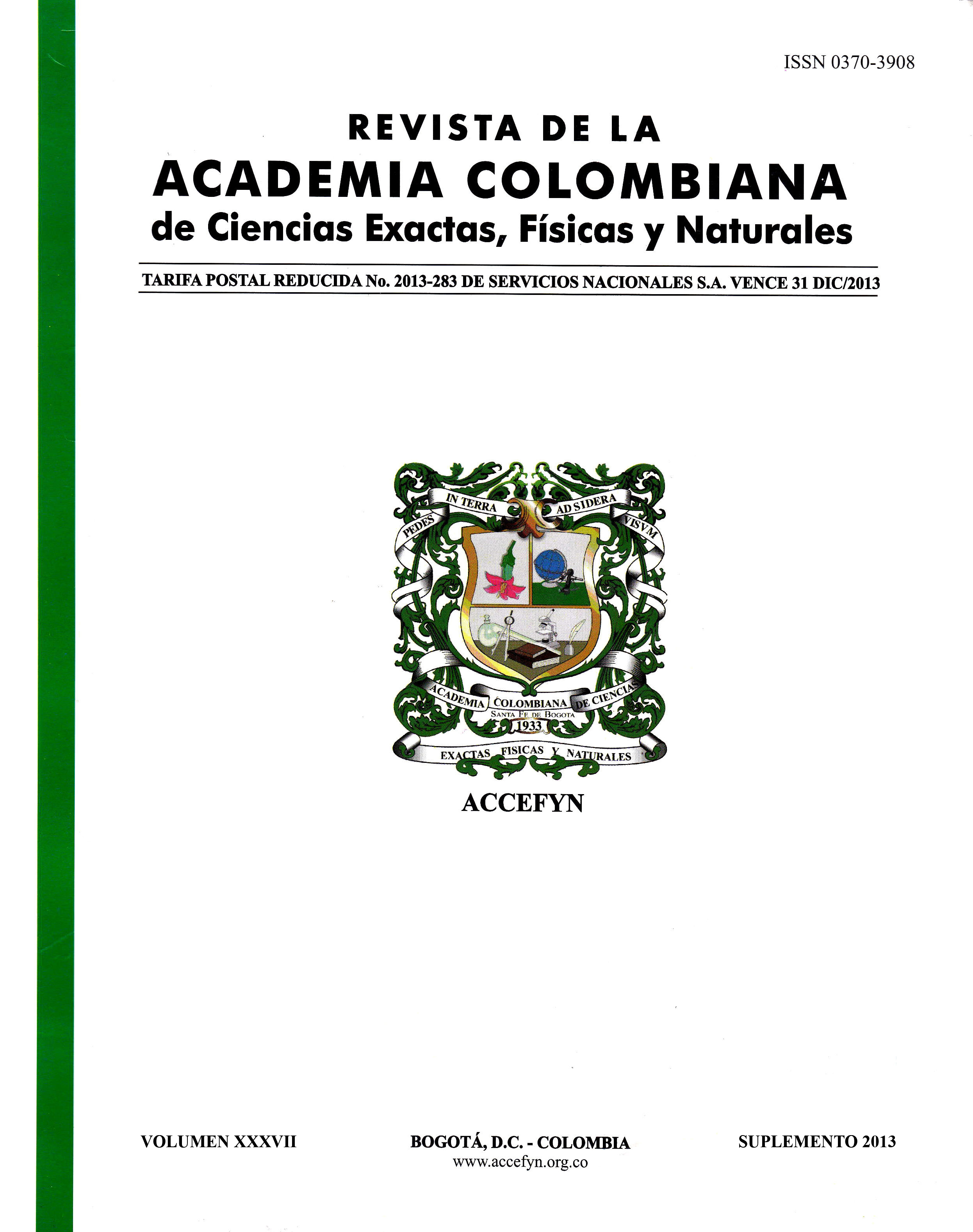Resumen
Películas delgadas de titanato de bismuto fueron crecidas sobre sustratos de acero inoxidable (316L) y aleación de titanio (Ti6Al4V), utilizando la técnica de magnetron sputtering. La morfología de estas películas fue observada con microscopio electrónico de barrido (MEB). Los estudios electroquímicos utilizados para evaluar la resistencia a la corrosión del conjunto sustrato-recubrimiento fueron la prueba de polarización potenciodinámica (Tafel) y la espectroscopia de impedancias electroquímicas (EIS), ambas pruebas fueron realizadas en una solución de NaCl (3%) como electrolito. El MEB mostró que la morfología de los recubrimientos crecidos sobre sustratos de aleación de titanio Ti6Al4V fue homogénea en general con una superficie suave pero con presencia de material sin fundir en algunas regiones, mientras que la morfología de las películas crecidas sobre acero inoxidable 316L fue principalmente granular, con la aparición de algunos cráteres. Las curvas de polarización potenciodinámica muestran que la resistencia a la corrosión de las muestras recubiertas fue mejor que la de las muestras sin recubrir ya que la corriente de corrosión obtenida de las muestras recubiertas fue dos órdenes de magnitud menor que la exhibida por las no recubiertas, adicionalmente el potencial de corrosión fue mayor en las recubiertas que en las no recubiertas. El ensayo de EIS mostró la presencia de una capa pasiva de óxido de titanio en la superficie de los sustratos de aleación de titanio.
Referencias
K. Sardar, R.I. Walton, (2012), Hydrothermal Synthesis Map of Bismuth Titanates, J. Solid State Chem., 189, 32-37.
V.M. Skorikov, Yu. F. Kargin, A.V. Egorysheva, V.V. Volkov, M. Gosponidov, (2005), Growth of Sillenite-Structure Single Crystals, Inorg. Mater., 41, S24-S46.
T. Jardiel, A.C. Caballero, M. Villegas, (2008), Aurivillius Ceramics Bi4Tip12 Based Piezoelectrics, J. Ceram. Soc. Jpn., 116, 511-518.
W.F. Yao, X.H. Xu, H. Wang, J.T. Zhou, X.N. Yang, S.X. Shang, B.B. Huang, (2004), Photocatalytic Property of Perovskite Bismuth Titanate, Appl. Catal. B-Environ., 52, 109-116.
I. Radosavljevic, J.S.O. Evans, A.W. Sleight, (1998), Synthesis and Structure of Pyrochlore-Type Bismuth Titanate, J. Solid State Chem., 136, 63-66.
S. Kojima, A. Hushur, F. Jiang, S. Hamazaki, M. Takashige, M.S. Jang, S. Shimada, (2001), Crystallization of Amorphous Bismuth Titanate, J. Non-Cryst. Solids., 293-295, 250-254.
J. Hou, Z. Wang, S. Jiao, H. Zhu, (2011), 3D Bi12TiO2/TiO2 Hierarchical Heterostructure, Synthesis and Enhanced Visible-Light Photocatalytic Activities, J. Hazard. Mater., 192, 1772-1779.
A.V. Egorysheva, (2009), Atomic Structure of Doped Sillenites, Inorg. Mater., 45, 1175-1182.
N.C. Deliolanis, E.D. Vanidhis, N.A. Vainos, (2006), Dispersion of Electrogyration in Sillenite Crystals, Appl. Phys. B., 85, 591-596.
F. Soares-Carvalho, P. Thomas, J.P. Mercurio, B. Frit, (1997), Bi4Ti3O12 Thin Films from Mixed Bismuth-Titanium Alkoxides, J. Sol-Gel Sci. Techn., 8, 759-763.
A.M. Umabala, M. Suresh, A.V. Prasadarao, (2000), Bismuth Titanate from Coprecipitated Stoichiometric Hydroxide Precursors, Mater. Lett., 44, 175-180.
J. Hou, S. Jiao, H. Zhu, R.V. Kumar, (2011), Bismuth Titanate Pyrochlore Microspheres, Directed Synthesis and Their Visible Light Photocatalytic Activity, J. Solid State Chem., 184, 154-158.
J. Harjuoja, S. Viiyrynen, M. Putkonen, L. Niinisto, E. Rauhala, (2006), Crystallization of Bismuth Titanate and Bismuth Silicate Grown as Thin Films by Atomic Layer Deposition, J. Cryst. Growth., 286, 376-383.
Z. Wang, D. Sun, J. Hu, D. Cui, X. Xu, D. Wang, Y. Zhang, M. Wang, H. Wang, H. Chen, C. Fang, X. Liu, K. Wei, J., (2002), The Reactive Ion Etching of Bi2Tip1 Thin Films on Silicon Substrates and Its Image in Atomic Force Microscopy, Cryst. Growth., 235, 411-414.
M. Sedlar, M. Sayer, (1996), Structural and Electrical Properties of Ferroelectric Bismuth Titanate Thin Films Prepared by the Sol-Gel Method, Ceram. Int., 22, 241-247.
J.E. Alfonso, J.J. Olaya, M.J. Pinzón, J.F. Marco, (2013), Potentiodynamic Polarization Studies and Surface Chemical Composition of Bismuth Titanate (BixTip) Films Produced through Radiofrequency Magnetron Sputtering, Materials, 6, 4441-4449.
J. Pan, D. Thierry, C. Leygraf, (1996), Electrochemical Impedance Spectroscopy Study of the Passive Oxide Film on Titanium for Implant Application, Electrochim. Acta., 41, 1143-1153.
J. Pouilleau, D. Devilliers, F. Garrido, S. Durand-Vidal, E. Mahé, (1997), Structure and Composition of passive titanium oxide films, Mat. Sci. Eng. B., 47, 235 - 243.

Esta obra está bajo una licencia internacional Creative Commons Atribución-NoComercial-SinDerivadas 4.0.

